Sales front bumper cover, front bumper cover Exporter, front bumper cover Maker
In the realm of automotive design, every component plays a vital role in harmonizing aesthetics with functionality. Among these components, the front bumper cover stands as a linchpin, seamlessly blending form and function to enhance both the visual appeal and safety features of a vehicle. In this discourse, we delve into the multifaceted aspects of front bumper covers, exploring their design principles, engineering considerations, and impact on overall vehicle dynamics.
At its essence, the front bumper cover serves as a protective shield, safeguarding crucial components of the vehicle's front end from impacts and collisions. However, its significance transcends mere functionality, as it also serves as a canvas for design expression. Through meticulous design iterations and aerodynamic refinement, designers strive to achieve a delicate balance between visual allure and structural integrity.
One of the primary considerations in front bumper cover design is aerodynamics. As the first point of contact with oncoming airflow, the shape and contours of the bumper cover significantly influence the vehicle's aerodynamic performance. By optimizing airflow around the vehicle, designers can improve fuel efficiency, reduce wind noise, and enhance overall driving stability. Through computational fluid dynamics (CFD) simulations and wind tunnel testing, engineers meticulously fine-tune the curvature and surface features of the bumper cover to minimize drag and maximize downforce, thereby optimizing both performance and efficiency.
Moreover, front bumper covers play a pivotal role in pedestrian safety. In the unfortunate event of a collision, the design and materials of the bumper cover can mitigate the severity of impact on pedestrians. Through the integration of energy-absorbing materials and deformation zones, modern bumper covers are engineered to dissipate kinetic energy, reducing the risk of injury to pedestrians and other vulnerable road users. This emphasis on pedestrian safety underscores the holistic approach taken by automotive designers in prioritizing not only the occupants' safety but also the well-being of all road users.
In addition to aerodynamics and safety considerations, front bumper covers also contribute significantly to the overall aesthetic appeal of a vehicle. Whether it's a sleek and sporty design or a rugged and utilitarian look, the front bumper cover plays a defining role in shaping the vehicle's visual identity. From subtle curves to bold creases, every contour is meticulously sculpted to evoke a sense of dynamism and sophistication. Furthermore, the integration of grille openings, air intakes, and fog lamp housings adds depth and character to the front fascia, accentuating the vehicle's personality and purpose.
Material selection is another critical aspect of front bumper cover design. Traditionally, bumper covers were fabricated from steel or aluminum for their robustness and impact resistance. However, advancements in material science have paved the way for the widespread adoption of lightweight and high-strength composites, such as fiberglass-reinforced plastics (FRP) and carbon fiber-reinforced polymers (CFRP). These advanced materials offer a compelling blend of strength, durability, and weight savings, allowing designers to achieve optimal performance without compromising safety or aesthetics.
Furthermore, the manufacturing process plays a crucial role in determining the final quality and finish of the bumper cover. Injection molding, compression molding, and thermoforming are among the common techniques employed in mass production, each offering its unique advantages in terms of cost-effectiveness and production efficiency. Additionally, advancements in digital manufacturing technologies, such as 3D printing, are revolutionizing the prototyping process, enabling designers to rapidly iterate and refine designs with unprecedented precision and flexibility.
Beyond their functional and aesthetic attributes, front bumper covers also serve as a canvas for brand identity and differentiation. Through distinctive design elements, such as signature grille patterns, emblem placements, and lighting signatures, automakers can imbue their vehicles with a sense of brand heritage and ethos. This strategic alignment of design language not only fosters brand recognition but also cultivates an emotional connection with consumers, driving brand loyalty and preference.
Moreover, front bumper covers are subject to stringent regulatory standards and crash test requirements imposed by government agencies and independent safety organizations. From pedestrian impact regulations to low-speed bumper performance criteria, automakers must ensure compliance with a myriad of safety standards to attain regulatory approval for their vehicles. This regulatory landscape poses a formidable challenge for designers and engineers, as they must reconcile regulatory constraints with design aspirations without compromising on safety or performance.
In conclusion, front bumper covers epitomize the intersection of form and function in automotive design, embodying a delicate balance between aesthetics, aerodynamics, safety, and brand identity. As vehicles continue to evolve in response to shifting consumer preferences and technological advancements, front bumper covers will remain a focal point of innovation and creativity, shaping the vehicles of tomorrow with elegance and purpose. Through collaborative efforts between designers, engineers, and manufacturers, we can continue to push the boundaries of design excellence and redefine the role of front bumper covers in the automotive landscape.

 English
English 日本語
日本語 Français
Français Deutsch
Deutsch Español
Español 简体中文
简体中文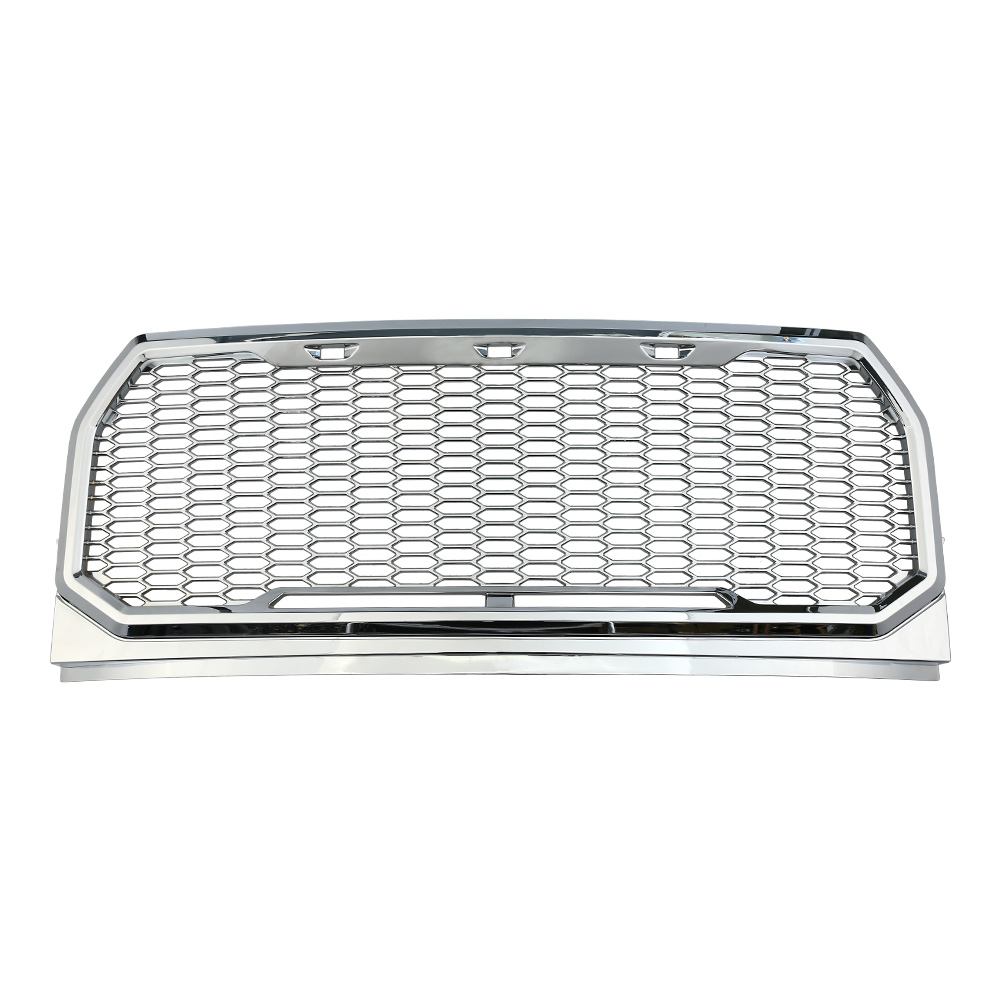
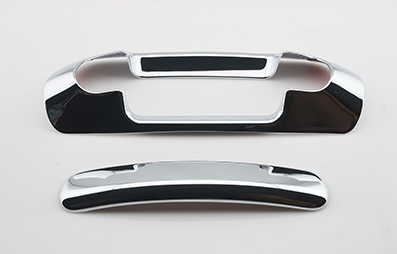
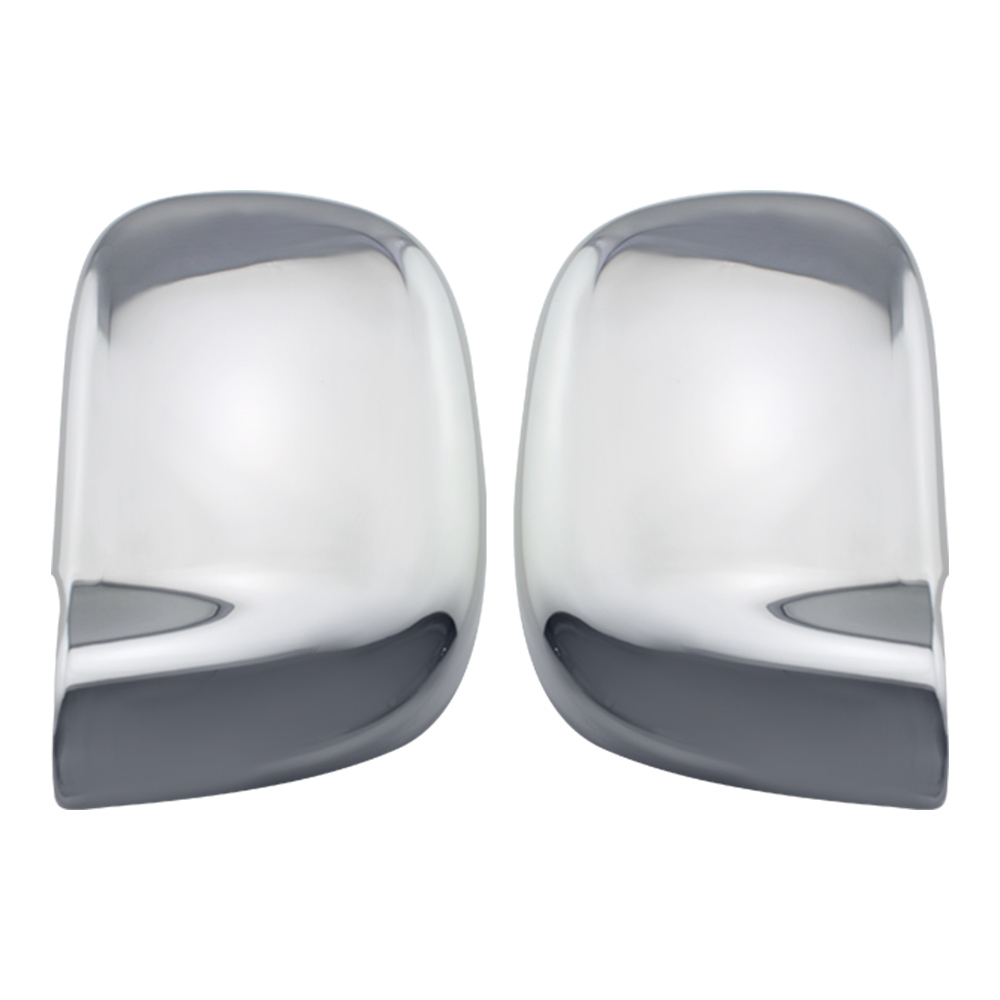 View More >>
View More >>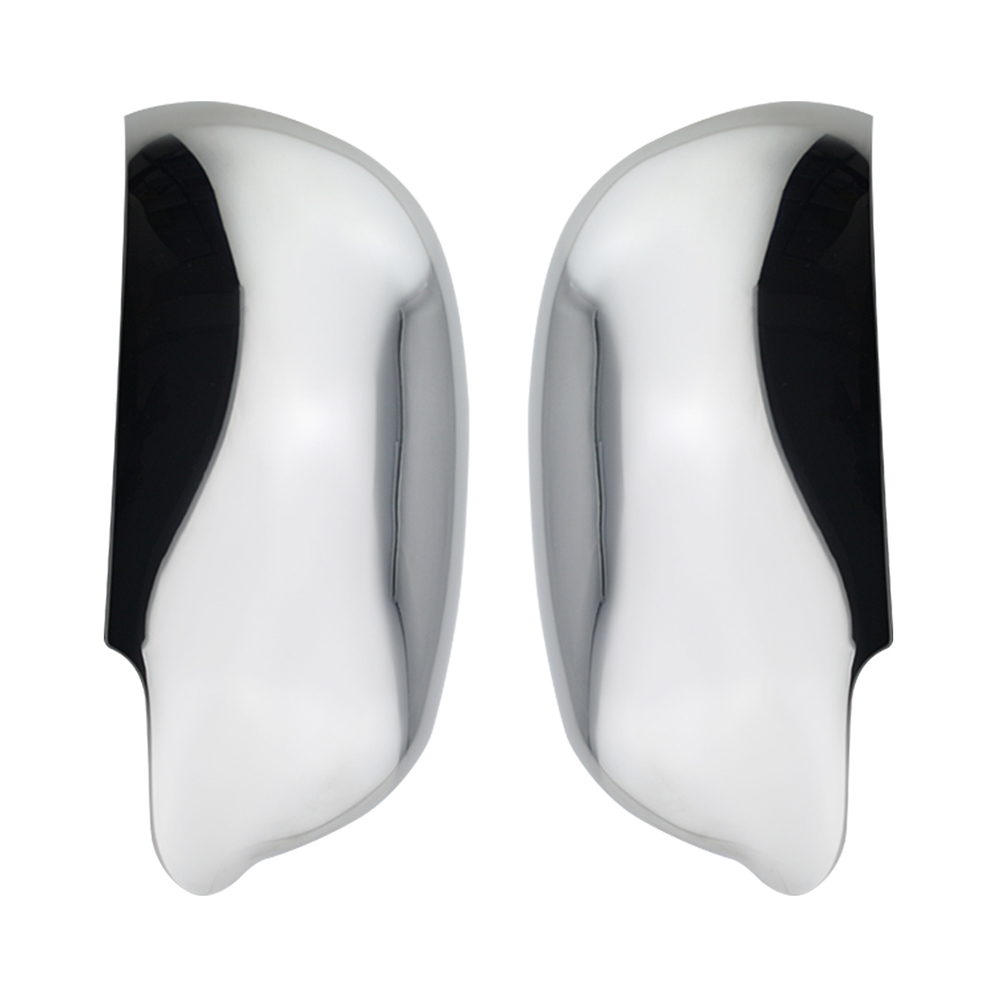 View More >>
View More >>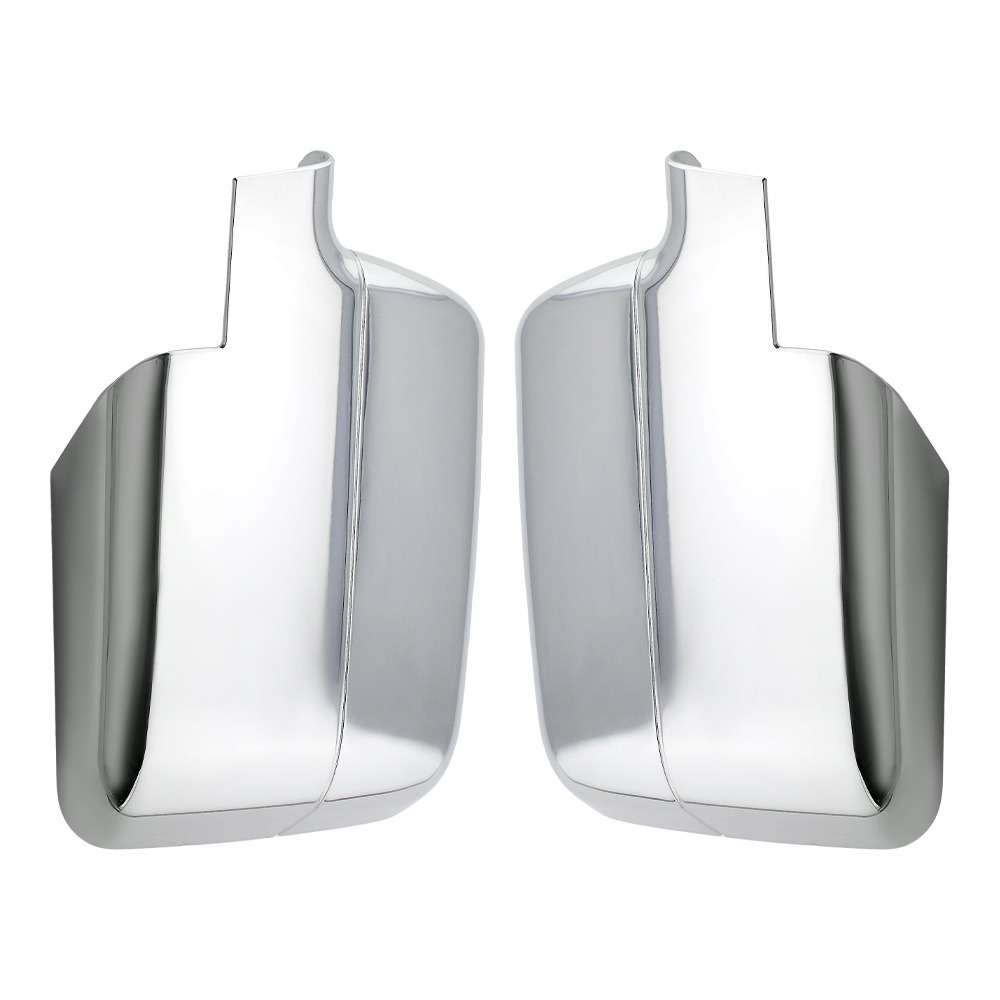 View More >>
View More >>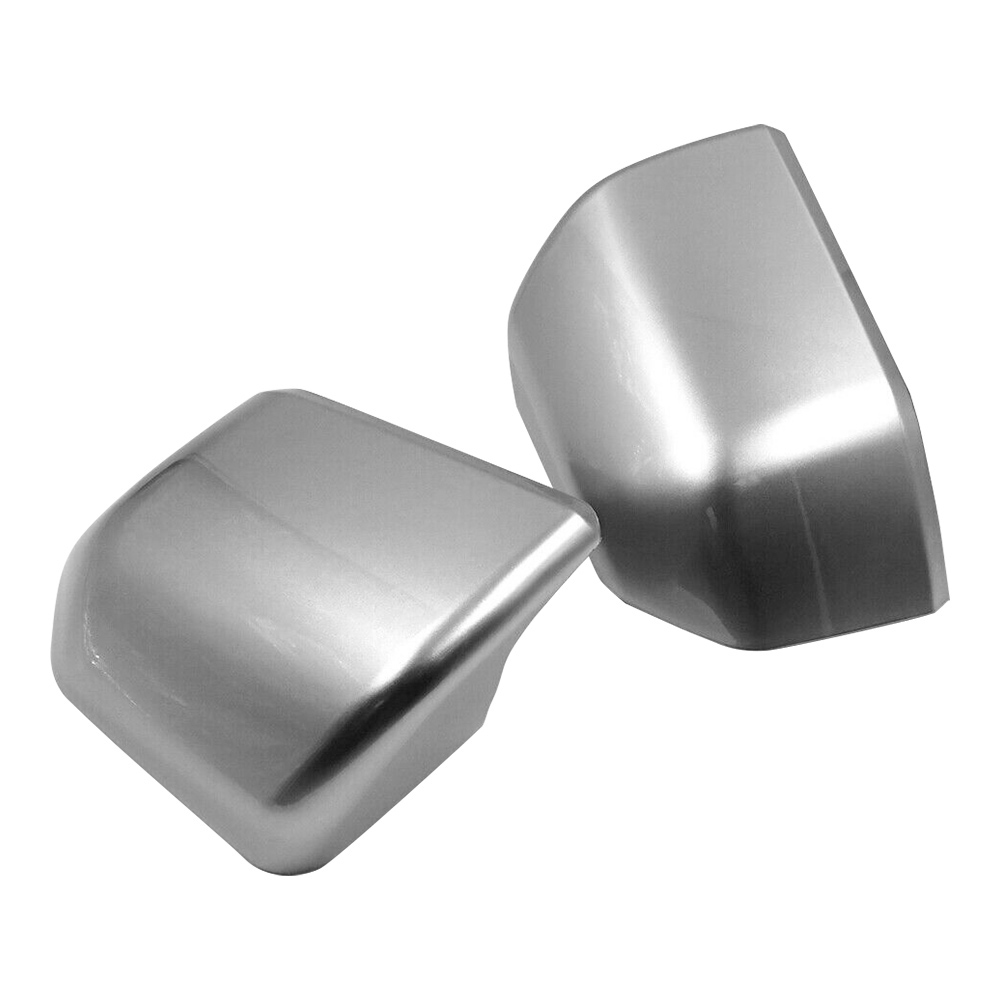 View More >>
View More >>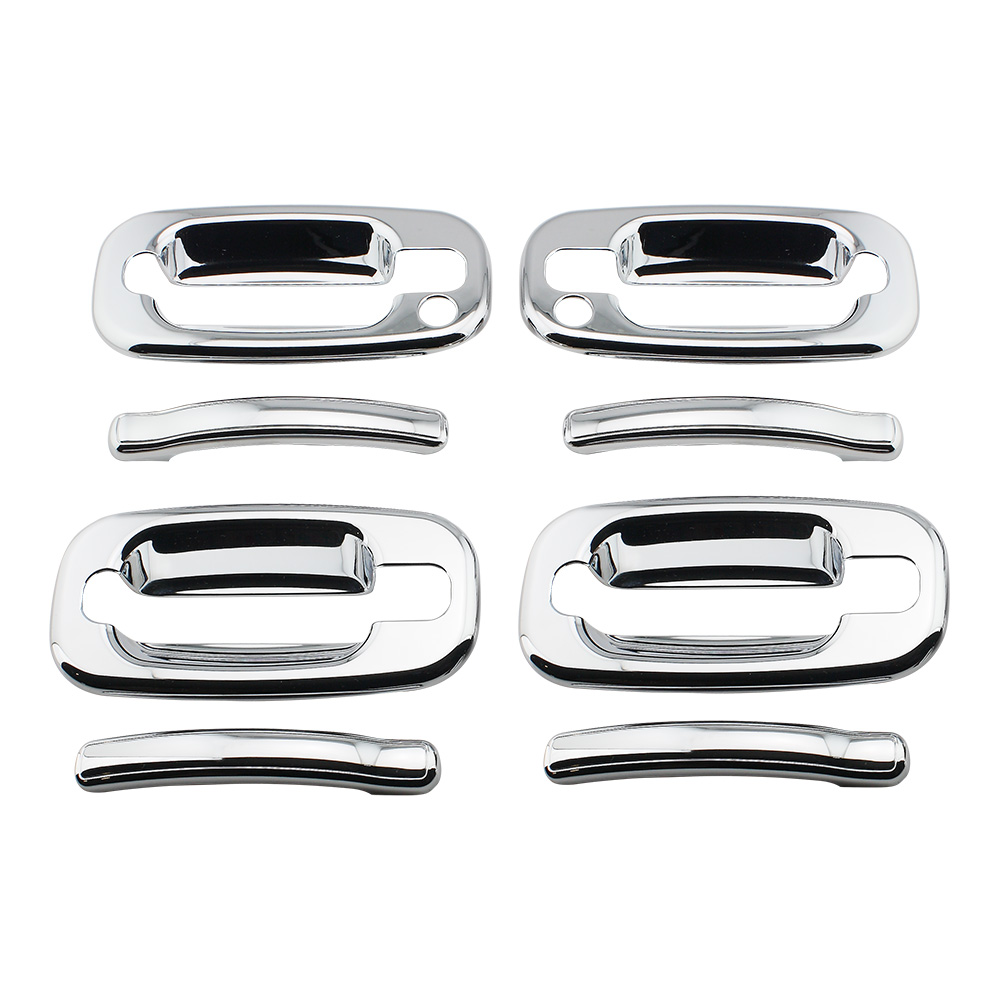 View More >>
View More >>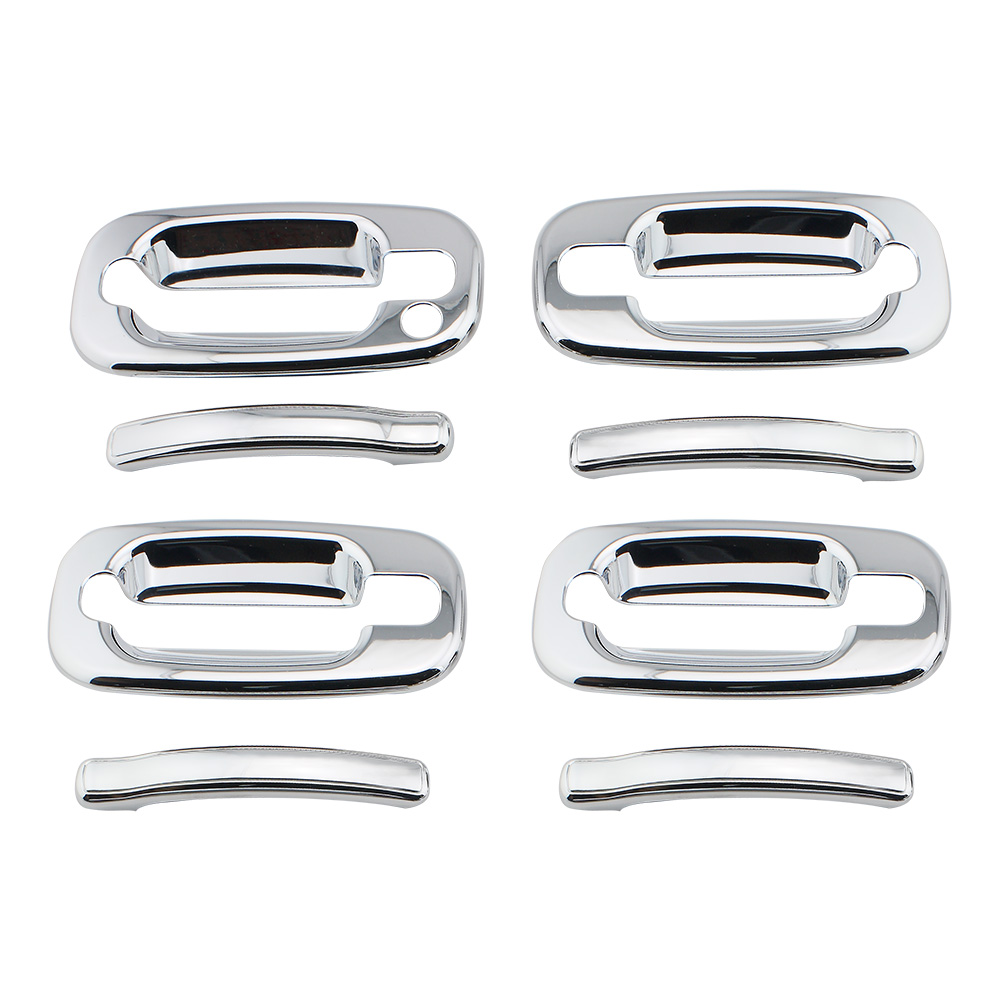 View More >>
View More >>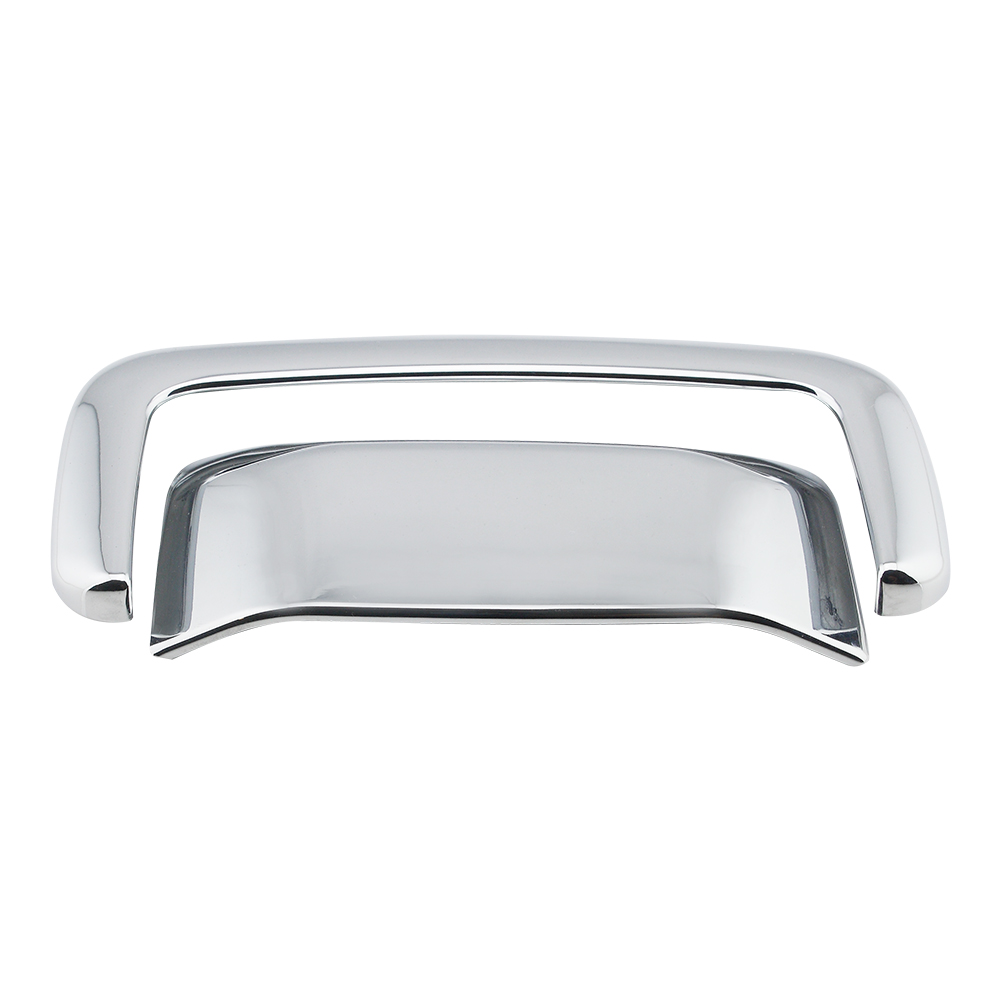 View More >>
View More >> View More >>
View More >>(canaddletterfordraptor)-1.jpg) View More >>
View More >>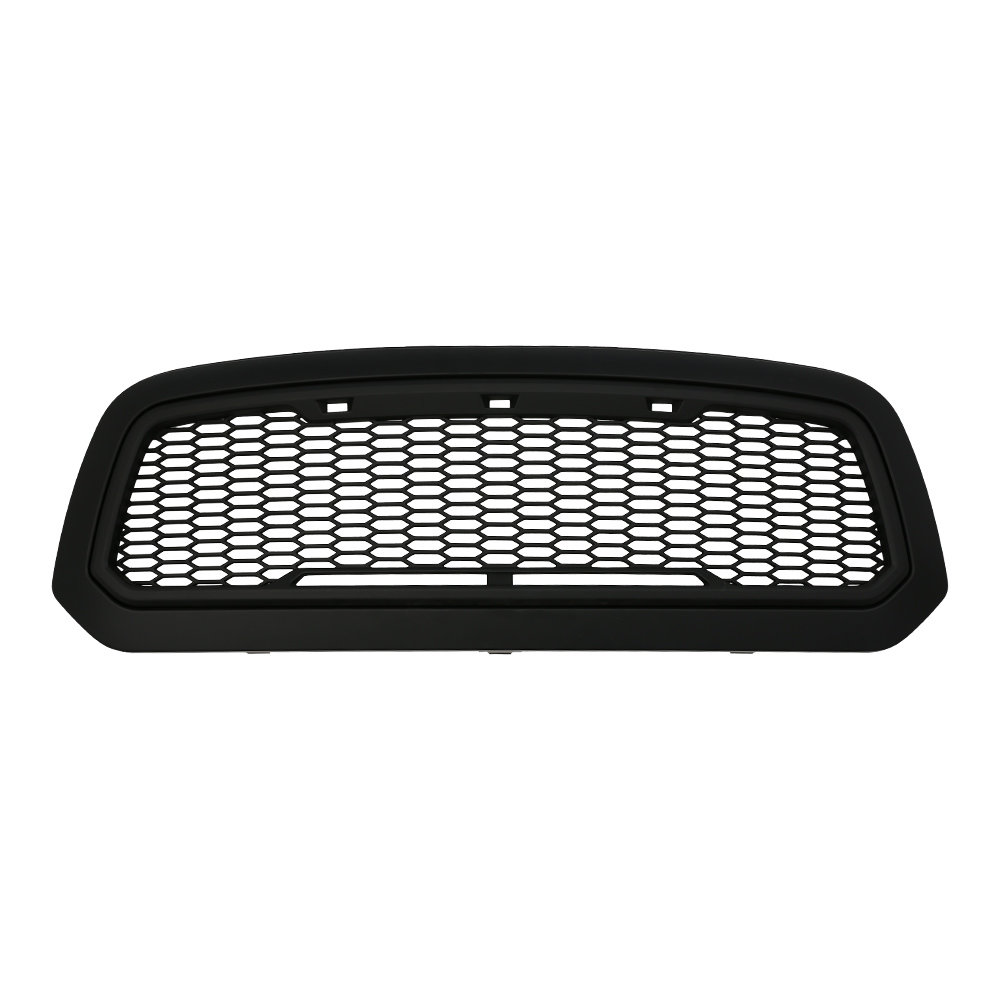 View More >>
View More >>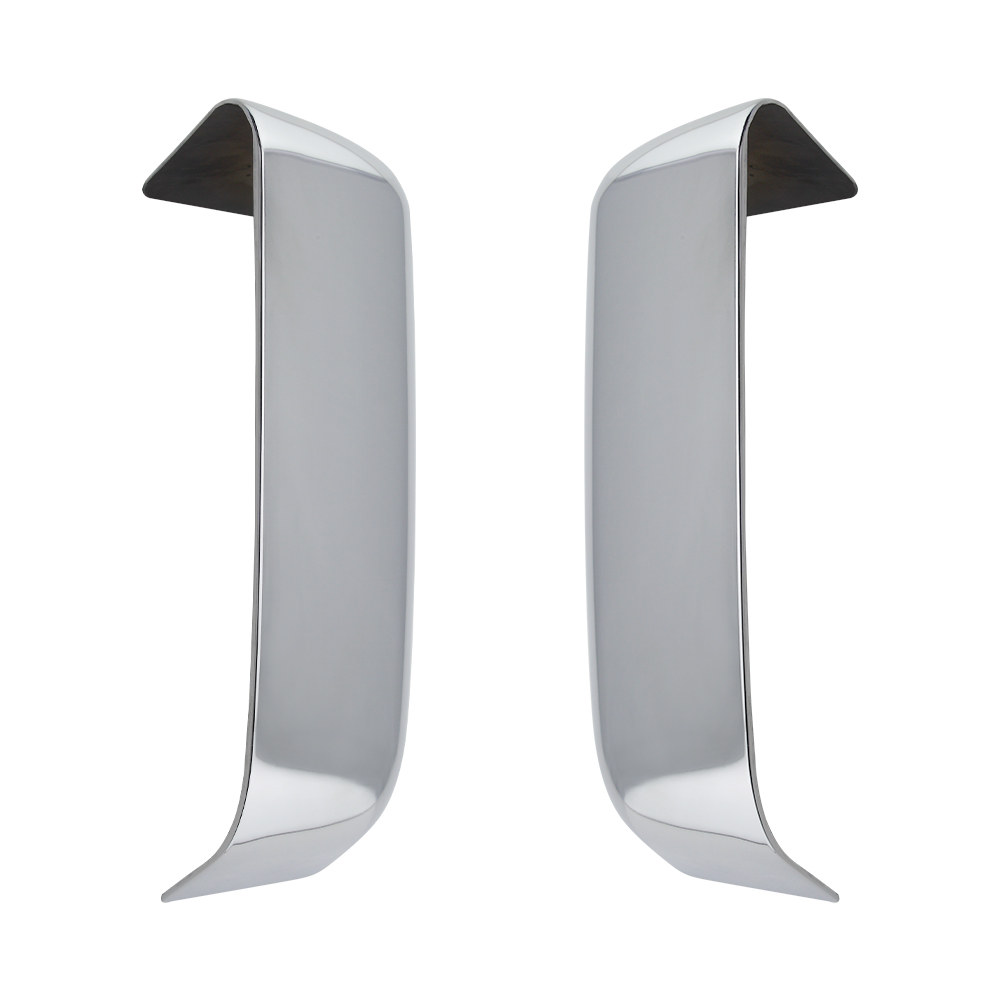 View More >>
View More >>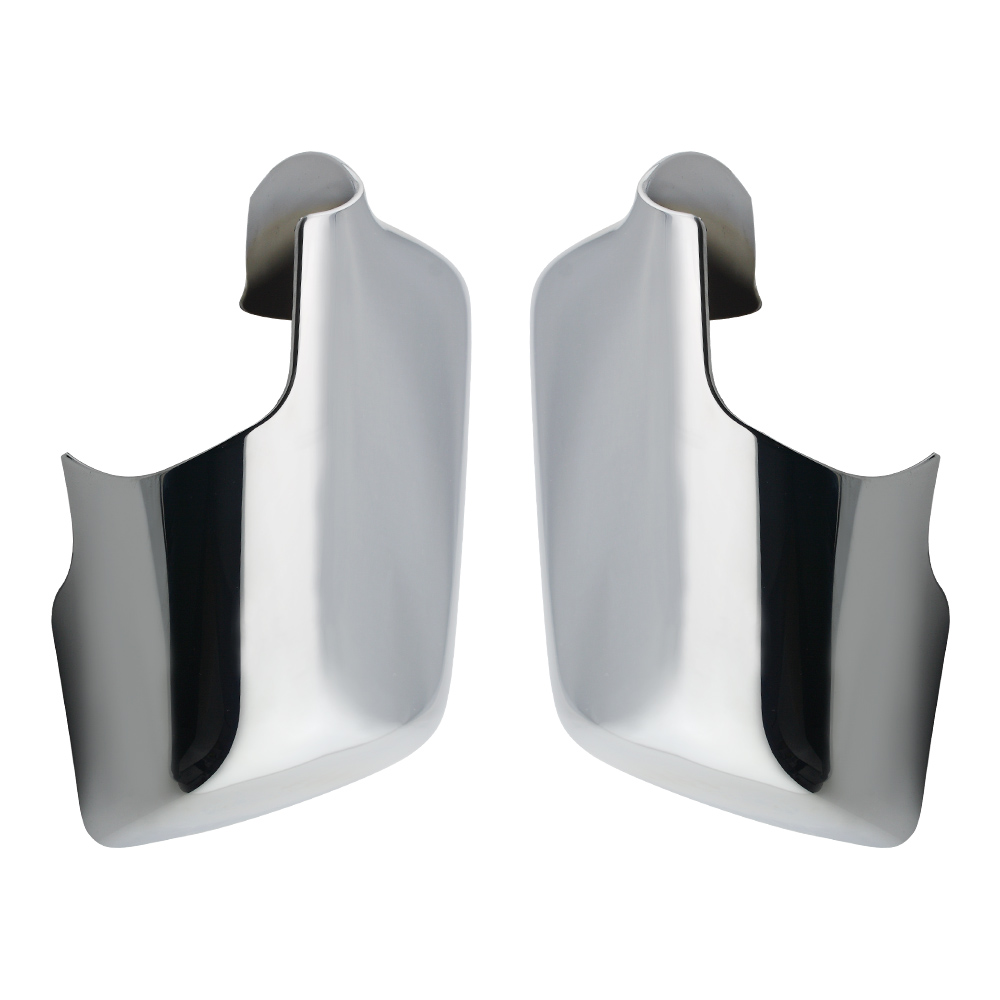 View More >>
View More >>
